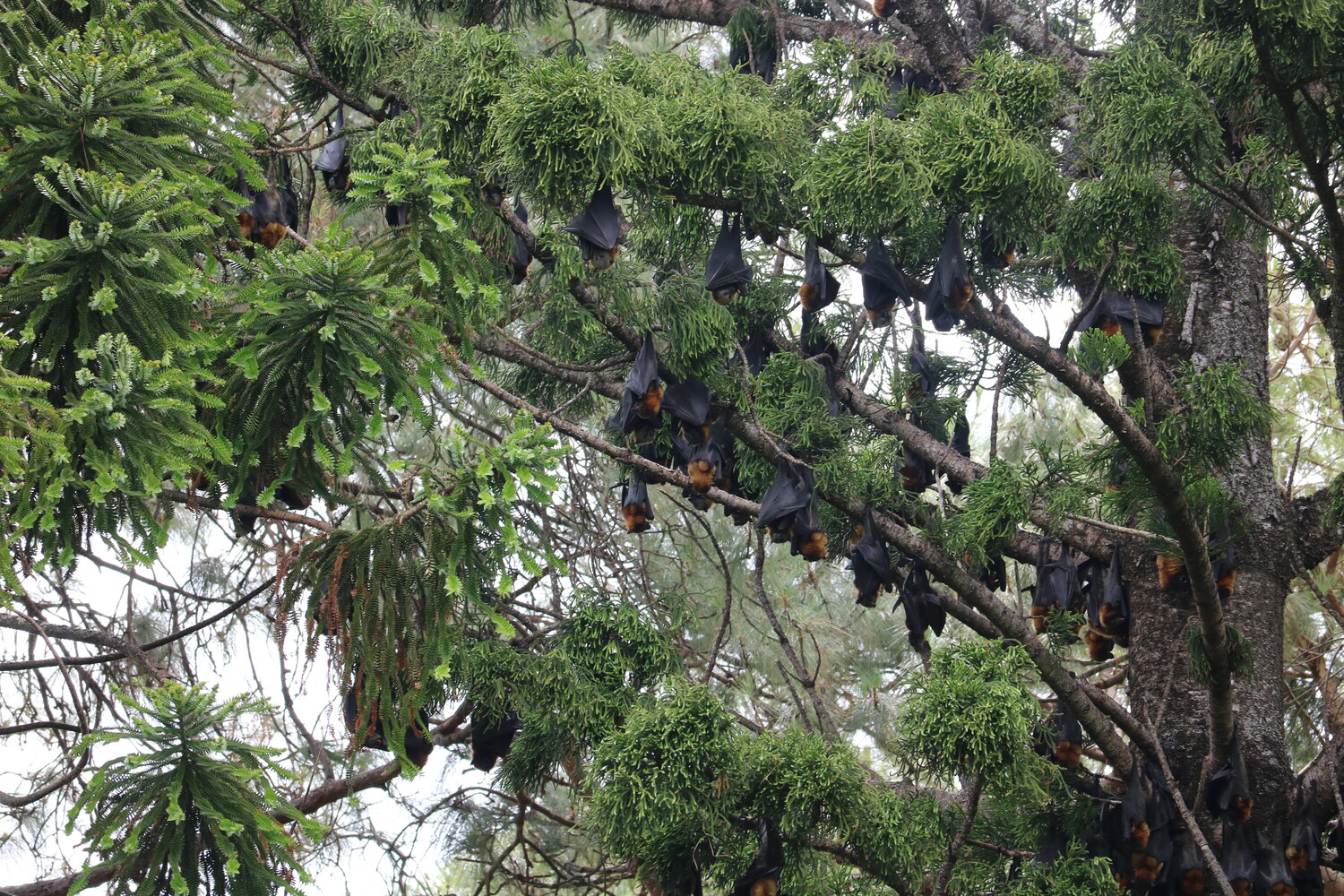You’ve heard the stories about Adelaide’s flying foxes. Now find out the truth about these interesting and delightful creatures of the night.

Grey-headed flying foxes have taken up residence in Botanic Park over the last 10 or so years.
Adelaide has around 30,000 flying foxes, and another 4,000 have recently made themselves at home in a pine forest near Millicent in the regional south-east of SA.
We've heard some rumors going around about Adelaide's fruit bats. Here's 4 of them debunked:

Myth 1: Bats are pests
This myth couldn’t be further from the truth. Grey-headed flying foxes are a native Australian animal and a threatened species, so it is illegal to harm them.
What many people may not realise are the benefits of flying foxes to the environment.
They are fantastic at pollinating eucalypts and are effectively the biggest bees in town! This is because they can travel long distances in search of food. They spread seeds of some plants far and wide through their droppings, which supports new plant growth.
It’s true that flying foxes can have some bad impacts such as snacking on fruit crops, power outages and health concerns, and management efforts are underway to help mitigate them.
Myth 2: Bats are carriers of disease
Okay, you got us. This one is true. All bats in Australia are possible disease carriers.
However, it’s not that risky. The likelihood of being scratched or bitten by a flying fox is extremely low.
Remember: Only trained and vaccinated professionals should touch a bat. For more safety advice visit the SA Health website.
Myth 3: Bats attack people
This one is definitely a myth. Flying foxes have little to no interest in people and prefer to avoid them.
The greatest risk you’ll have of being attacked by flying foxes is if you try to pick one up (don’t do it). They will try to defend themselves just like all wild animals do, so it’s best to leave it to the professionals.
Myth 4: Adelaide is overrun with fruit bats
You guessed it, another myth! You may think that having thousands of flying foxes living near the city is a lot, but compared to other camps around Australia – some growing to over 150,000 bats – it’s really not that many.
The fact that they camp in one location has many people fooled. If they were spread out, you would hardly notice them at all.
Being sensitive creatures, flying foxes are extremely vulnerable when it comes to heatwaves. So Adelaide’s scorching summers often kill thousands of bats. The younger ones are usually the first to succumb to the rising temperatures, as they are too young to fly and keep hydrated.

Fruit bats are really cool
Still on the fence about their coolness factor? Here's some quick cool facts about them:
- They are amazing pollinators. Many of South Australia's eucalypt forests benefit from their sweet tooth.
- They are sociable and live in communities.
- They can swim.
- They are very clean animals and groom themselves regularly.
- They use their wings as fans to keep cool in hot weather.
- They have fantastic eyesight and sense of smell.
- They do not use echolocation like microbats do.
Learn more about fruit bats
Discover more about Adelaide's grey-headed flying fox population and the story of their arrival in 2010 by browsing our species profile.